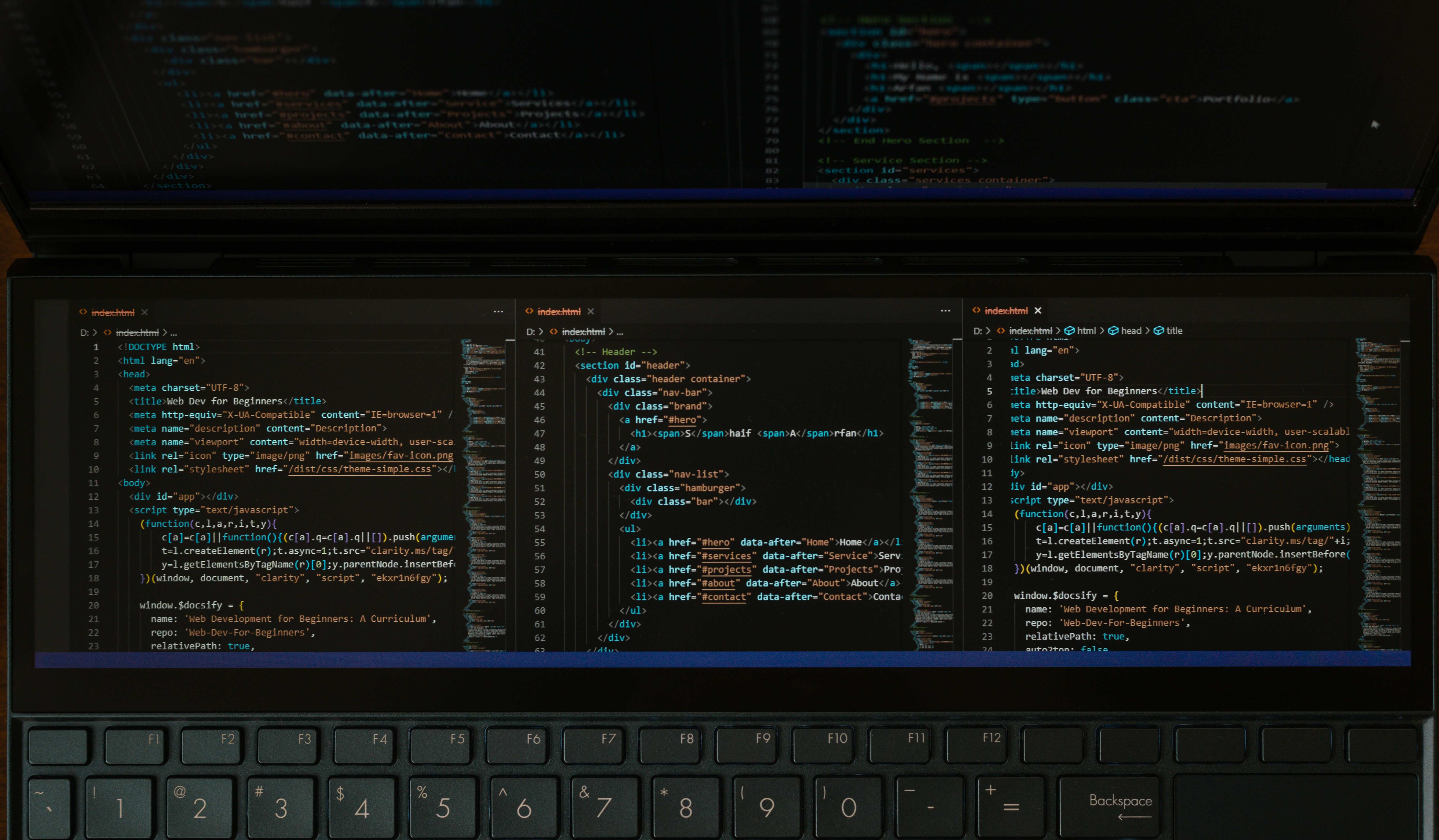
Why DevSecOps Should Be a Top Priority for Your Organisation
17 Jul, 20246 minutesThe shift to cloud-native platforms and the increasing reliance on data collected from Inter...

The shift to cloud-native platforms and the increasing reliance on data collected from Internet of Things-enabled devices means that business applications present cybercriminals with more attack surfaces than ever.
Yet, despite increased exposure to the risk of cyberattacks, reports identify that, in 2022, only 22% of organizations had a formal DevSecOps strategy. Amongst those that have, however, almost all—95%—responded that it positively impacted incident detection and response.
It’s a reality for many businesses that they need to understand how to effectively secure their cloud operations. Unfortunately, a lack of knowledge, legacy regulations that do not cover emerging technologies, and a scarcity of cybersecurity talent exacerbate this issue—flaws that cybercriminals are eager to exploit. From ransomware to targeted phishing attacks, breaches pose risks to reputations and balance sheets alike, with the cost of cybercrime and the associated fines increasing yearly.
This guide explores DevSecOps and how it can help secure the critical information that empowers your organization and your client’s businesses. Alongside this, we’ll save you time by discussing some of the most cutting-edge DevSecOps tools that can help your organization to streamline its cybersecurity processes.
What is DevSecOps?
Short for development, security, and operations, DevSecOps is an extension of the DevOps software development model, focused on ensuring security measures are considered through the continuous integration/continuous deployment lifecycle. It makes security everyone’s concern—highlighting vulnerabilities across all attack surfaces, endpoints, and third-party code dependencies, such as the libraries, frameworks, and modules that empower your software.
The DevSecOps methodology incorporates a number of core techniques to ensure security is at the forefront of development practices, including:
- Design reviews that focus on identifying and tracking common vulnerabilities and exposures (CVE).
- Defining specific risk tolerances based on business activities, industry, or sector.
- Encouraging all stakeholders and developers to scan code for vulnerabilities regularly.
- Prioritizing the remediation of bugs that present a legitimate threat to businesses, clients, or overall information security.
- Establishing processes for security issue management.
Like the DevOps methodology, DevSecOps is looking to disrupt the software development space, ensuring that security is taken seriously at each stage of designing, building, and implementing applications rather than treating it as an afterthought. Since digital businesses rely on these applications' permanent up-time, ensuring that platforms, products, and services are secure is vital to business leaders’ ability to ensure resilience as they scale up their activities.
However, this cannot be the responsibility of a sole DevSecOps engineer or team of experts. Organizations looking to implement the methodology must initiate a business-wide cultural shift, particularly given DevOps teams' pressure to maintain a rapid release cadence cycle. All members of a workforce must converge on a set of goals and share in the vision and understanding of the long-term benefits of the DevSecOps methodology.
DevSecOps Best Practices and Their Benefits
Given the flexible nature of cloud technologies, firms using these platforms must produce new security guidelines, policies, procedures, and technologies that work for their specific needs. As a result, however, organizations can begin to reap the benefits of DevSecOps, ultimately ensuring a secure codebase alongside increased efficiency and speed of delivery.
Shifting Security Left
Attackers continuously look for weak points in business infrastructure, especially susceptible cloud applications. Data breaches and targeted attacks on organizations within the multi-cloud environment often use misconfigurations and other vulnerabilities within providers' software or external libraries. These often arise from a lack of visibility, particularly where workloads, traffic, and user permissions and privileges are not properly monitored.
The DevSecOps methodology helps to side-step these issues by encouraging professionals to frame their work within the perspective of security.
Delays can be mitigated by incorporating security into the CI/CD lifecycle rather than as a “final step” before software release. Before DevSecOps, organizations might have to postpone releases or focus development time to respond to security issues reactively. In contrast, the new methodology means that vulnerable code is found as it is built, helping to lower costs and manage resources more efficiently.

By “shifting security left”—that is, moving it from the end of the development lifecycle to the beginning, making certain that it informs all working practices with maximum visibility—organizations can deliver their products or services more quickly, confident in the knowledge that their releases are secure and that the additional costs of data breaches are mitigated. As a result, the DevSecOps methodology is increasingly becoming part of ensuring business success.
Build a Secure Foundation in the Cloud
DevSecOps can help companies develop a resilient and secure cloud foundation, helping to ensure that DevSecOps best practices inform programming practices from the moment a new project is initiated and that key stakeholders can intelligently monitor all cloud services and traffic.
This unified visibility across an entire organization—or even just across an entire product team—can help to detect the misconfigurations that make it easier for attackers to gain access to business data whilst also giving developers and DevSecOps engineers actionable insights and areas to target for automated solutions.
Additionally, having the correct security policies in place that enforce standards throughout the entire business—informed by industry and government regulations, as well as DevSecOps best practices—can make certain that the response to data breaches and threats can be robust and implemented in every area of the business, guaranteeing that an organization is prepared for the eventuality of a cyberattack.
Similarly, since the DevSecOps methodology encourages collaboration and partnership between software development and security teams, business leaders can implement shared goals which can help to improve productivity, ensuring that products and services are delivered quickly due to the emphasis on testing and revision.
Threat Intelligence—Crucial to Your Cloud Security Strategy
A robust workflow informed by the DevSecOps methodology can provide up-to-date threat intelligence and analytics, helping organizations respond proactively to vulnerabilities in their technologies.
Cybercriminals are continuously devising new techniques to attack cloud platforms. They’re keeping tabs on the latest flaws to exploit in popular external libraries and frameworks—meaning that organizations need to work twice as smart to stay one step ahead.
DevSecOps offers organizations the ability to gather the latest information and analytics on vulnerabilities and threat actors and their methods and apply this information to breach detection.
As a result, threat intelligence allows security teams within organizations to anticipate attacks and properly prioritize protection and mitigation strategies to minimize or entirely avoid the disruption that cyberattacks can cause.
DevSecOps Tools Prove that the Sky’s the Limit

So, you understand the importance of DevSecOps for your business, and you’re fervently messaging your lead DevOps engineer and cloud architects to put a plan together and implement the best practices you’ve discovered in this guide. What tools are there that can help to ease this transition and assist businesses with the incorporation of the DevSecOps methodology into their working practices, though?
All the tools presented here will help eliminate remedial tasks through automation, ensure recovery and rollback processes are speedy, and ultimately augment security practices, making processes uniform and scalable across your organization.
Alerting
Alerting tools for the DevSecOps environment help engineers recognize security-related events within their software lifecycle, often due to specific triggers or parameters being met.
Popular tools for this function include PagerDuty and Alerta, which integrate with other DevSecOps security tools and offer real-time tracking of cloud operations, helping to ensure rapid remediation or automated response for detected breaches, outages, or direct attacks.
Dashboards
DevSecOps dashboards such as Grafana and Kibana enhance security visibility across continuous integration/continuous deployment pipelines, allowing key stakeholders to analyze in-depth analytics and monitor traffic.
Alongside application security, dashboards enable teams to track their ongoing projects, measure performance metrics, and track issue resolution time and time-to-patch.
Static Application Security Testing
Static application security testing—SAST—involves scanning source code for weak or insecure programming. Most SAST tools will automate this process, helping to enhance security without negatively impacting productivity.
Tools such as Checkmarx ensure that new or changed code commits are secure. Conversely, Veracode can be implemented directly into the programmer’s IDE to run a security check before any code is compiled. Other SAST tools, such as Synopsys Coverity and GitLab, automate testing, helping engineers to identify vulnerabilities early in the software development lifecycle.
Threat Modelling and Vulnerability Scanning
Similar to SAST tools, vulnerability scanners can automatically scan code at specific stages of the development process. Utilizing machine learning and artificial intelligence, these tools use advanced threat modeling to identify compromised code or insecure systems, highlighting these before changes are pushed into the live environment.
From ThreatModeler to OWASP’s Threat Dragon, threat modeling and vulnerability scanning tools will typically integrate with cloud platforms to automate the identification and mitigation of threats, whilst options such as the language-agnostic and open source-focused WhiteSource can also help to check to license and ensure that organizations remain compliant with the requirements of third-party frameworks and libraries.
The Final Word
DevSecOps culture and procedure are critical for enterprises looking to keep up with the pace of innovation in software development, particularly within cloud environments where code deployments can happen multiple times daily.
The capacity to construct, populate, and grow cloud apps and infrastructure in real-time offers extraordinary agility and speed—on the other hand, security is frequently left in the dust when things move so swiftly in the business environment.
It’s crucial that organizations looking to scale their operations understand that security should be at the forefront of their operations, helping to protect their reputation and avoid costly fines or litigation that can arise from breaches.
Discover Your Next DevSecOps Engineer and Source Security Experts
We have been at the forefront of sourcing talent for the IT infrastructure industry for over a decade. Our consultants are specialists in sourcing cybersecurity professionals and can offer bespoke talent solutions to meet your urgent and long-term business needs. Contact us to explore how our candidates can help your business improve strategic resiliency.






